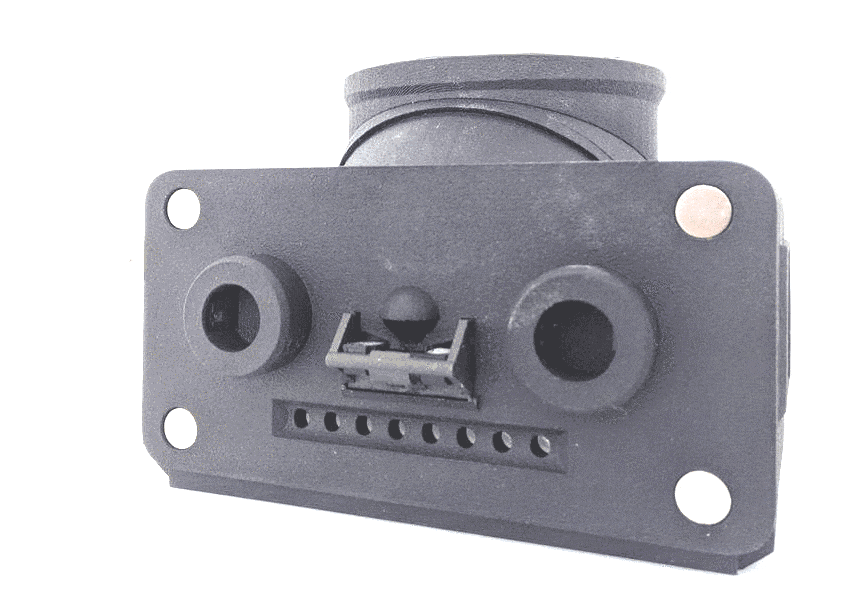FED3 is an open-source battery-powered device for home-cage training of mice in operant tasks. FED3 can be 3D printed and the control code is open-source and can be modified. The code is written in the Arduino language and is run on a Feather M0 Adalogger microcontroller inside of FED3. For information on how to build and use FED3 check out the Wiki, and the Google group.
Mice interact with FED3 through two nose-pokes and FED3 responds with visual stimuli, auditory stimuli, and by dispensing pellets. FED3 also has an analog output that allows it to synchronize with and control external equipment such as lasers or brain recording systems. A screen provides feedback to the user, and all behavioral events are logged to an on-board microSD card.
The default code includes multiple built-in programs but FED3 is open-source and hackable, and can be easily modified to perform other tasks. This page will contain the latest version of the FED3 code and code variants, as well as 3D files. More information on the build process and history of FED3 can be found at the FED3 Hackaday.io page. You can also check out the FED3 Google group. Finally, you can download FED3_Viz an analysis application for processing FED3 data in Python.
FED3 is open-source and can be built from scratch by users. However, if you would like to purchase FED3 it is also being sold by the Open Ephys Production Site (OEPS).
Significant contributors to FED3 include: Lex Kravitz (Washington University), Bridget Matikainen-Ankney (Washington University), Tom Earnest (Washington University), Mohamed Ali (University of Maryland), Katrina Nguyen (Carnegie Mellon), and Filipe Carvalho (Champalimaud Foundation and OEPS).
This project is released under the terms of the Creative Commons - Attribution - ShareAlike 3.0 license:
human readable:https://creativecommons.org/licenses/by-sa/3.0/
legal wording:https://creativecommons.org/licenses/by-sa/3.0/legalcode
